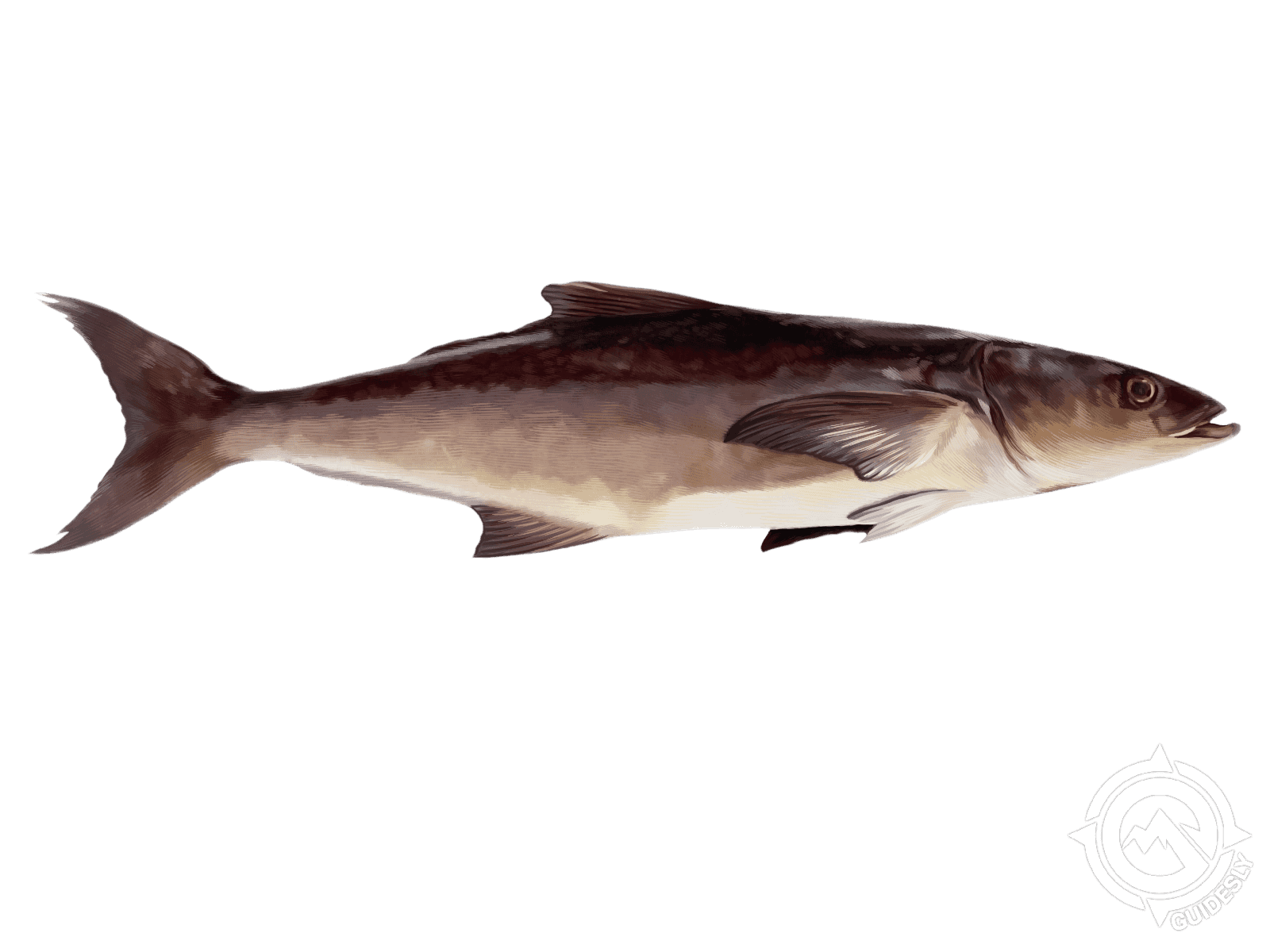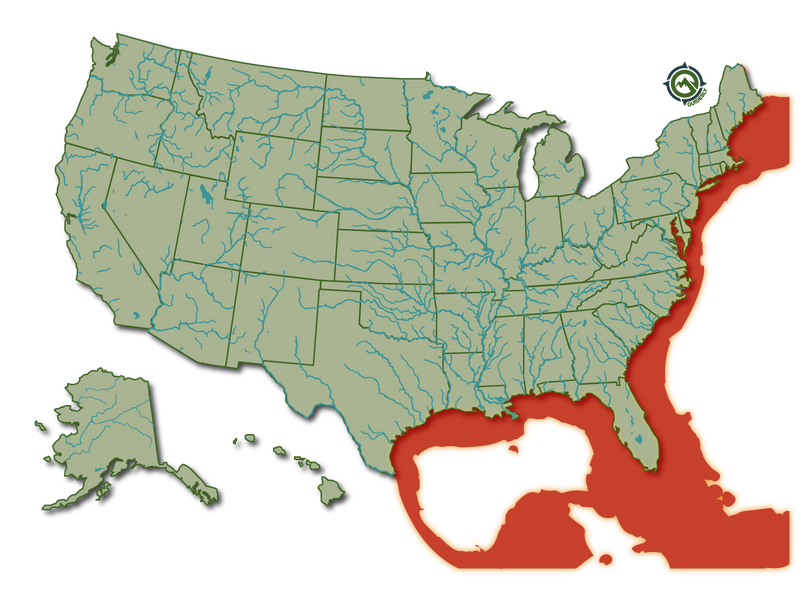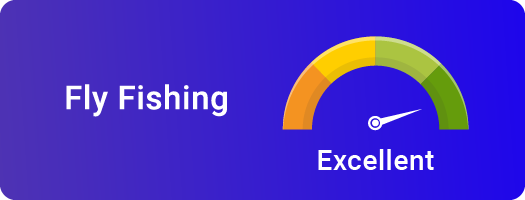Cobia

Species Details
Rachycentron Canadum
Rachycentridae
Perciformes
Onshore, Nearshore, Offshore, Reef, Wreck
10 - 80 lbs.
24" - 79"
What is the best time of year to catch Cobia?
The best time to catch cobia depends on where you are located. In the Gulf of Mexico, cobia season usually starts in late March and runs through September, with the peak season being in May and June. In the Atlantic, the season runs from April to November, with the best fishing in May and June.
Cobia (Rachycentron Canadum) Fish Description
The Cobia is a dark brown fish with a lighter belly. They have a single dorsal fin, which makes them often mistaken for sharks. Juvenile Cobia has distinctive colorings with black and white stripes and orange, bronze, and green splashes. They are the only member of their family, Rachycentriade, in North America.
The Cobia are able to reproduce when they are relatively young. Females mature at age 3, and males mature at age 2. Cobia spawning from June to August in the Southeast US and later, August to October, in the Gulf of Mexico. They spawn in coastal bays and estuaries several times throughout their spawning season. Females release amazingly up to 2 million eggs each time they spawn.
Size and Weight
An average adult Cobia reaches 6 feet and 100 pounds. The largest cobia to ever be caught on a rod and reel was in SharkBay Australia and weighed 135 pounds. They live up to 12 years.
Cobia Interesting Facts
The Cobia, being excellent table fare, is prized for its firm texture and excellent flavor. It is a very important fish in the seafood industry. Cobia is usually a solitary fish and is not found in schools. Except for spawning, they remain spread out and don't concentrate together very often. Because of the Cobia's solitary nature, commercial fishing doesn't target them, and all fish used in the commercial food industry is farm-raised and fairly expensive in price. Cobia is strong, aggressive predators, mainly feeding on crustaceans but will also eat smaller fish and squid. Larger pelagic fish prey on young Cobia. The Cobia can inhabit a wide range of temperatures and salinities. The Cobia closely resembles its cousin, the Remora Fish(or more commonly known as Suckerfish or Sharksucker). However, its body is much more stout, and it lacks the dorsal sucker like that of the Remora species.

Habitat and Distribution
Cobia can be found on reefs, wrecks, buoys, harbors, or other structural sanctuaries. While overwhelmingly pelagic (inhabiting the upper layers of the ocean), it can, at times, be found in estuaries and mangroves in search of prey on which to feed. Though Cobia is commonly found at depths of 30 feet or less, they can also be found in waters as deep as 300 feet, particularly in places like offshore oil rigs.
Cobia Distribution Cobia is most abundant from Virginia to the Gulf of Mexico. They migrate seasonally. In the Atlantic, they move south and offshore toward warmer waters during the late fall and winter. The Cobia that is found in the northeastern Gulf of Mexico during the summer months moves to south Florida waters, including the Florida Keys.
Cobia can be found in the warm temperate and tropical waters of the Caribbean sea, the eastern Atlantic Ocean, and off the coasts of Australia, the Indian Ocean, and Japan's Pacific coast.
Fishing For These Fish
During the spawning season and spring migration, fishermen normally target Cobia in the water depth around 30-70 feet. They are found generally by sight fishing, seeing the fish just below or on the water's surface. After the spring spawning migration, anglers target cobia reefs and other structures that they use summer haunts. Look for rip lines or current breaks created by the structure as well, as these are the places that will harbor the fish.
Cobia can be caught on various lures such as crankbaits, topwater, jigs, and imitation eel baits. However, bucktail jigs are probably the most popular lure to target them, especially if they are holding around areas like reefs. The color really doesn't seem to matter despite what some anglers might think, and all colors will catch this fish. Jigs should be around the 4 to 8 oz. mark for weight, but don't be afraid to experiment with smaller jigs.







